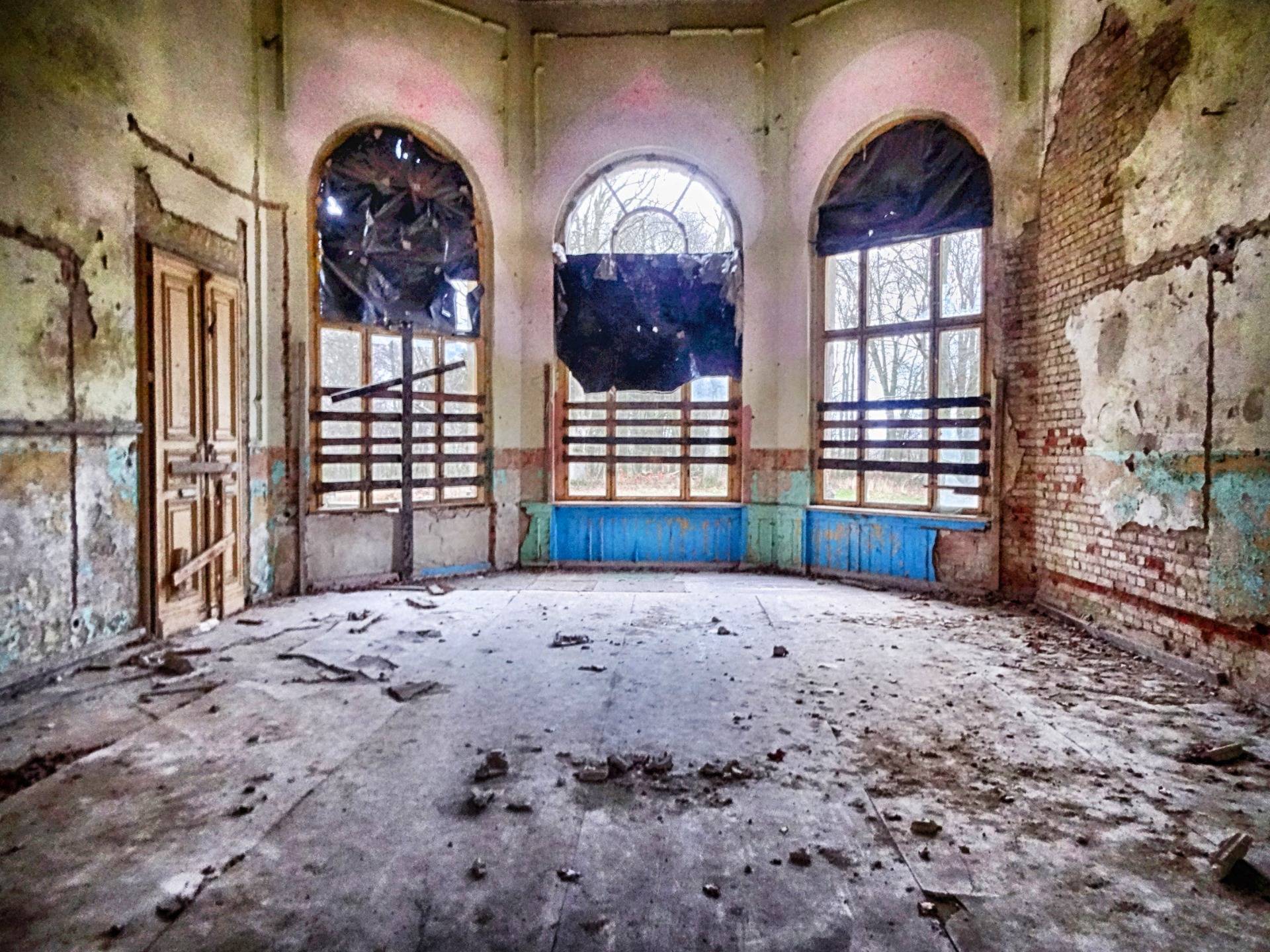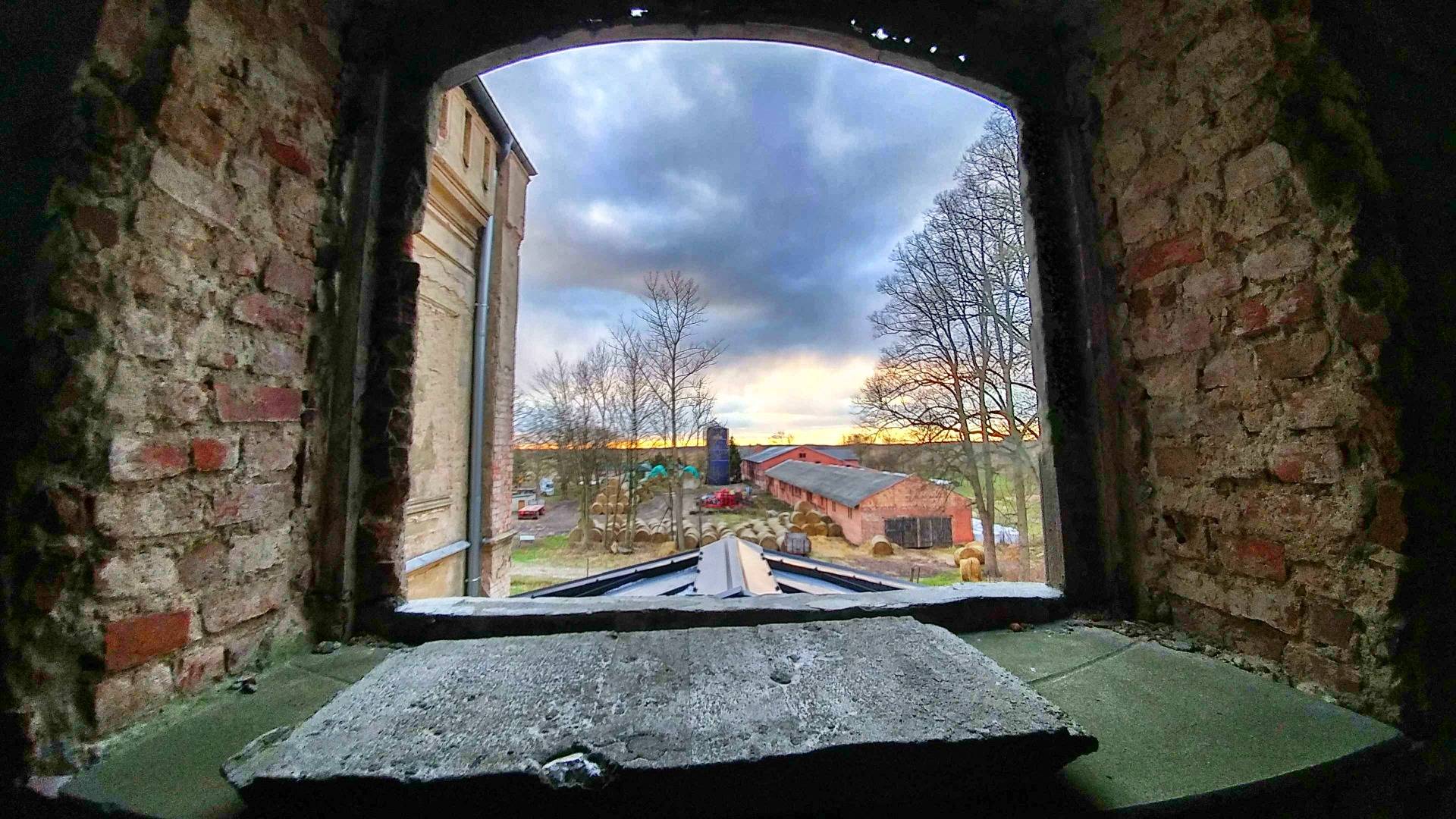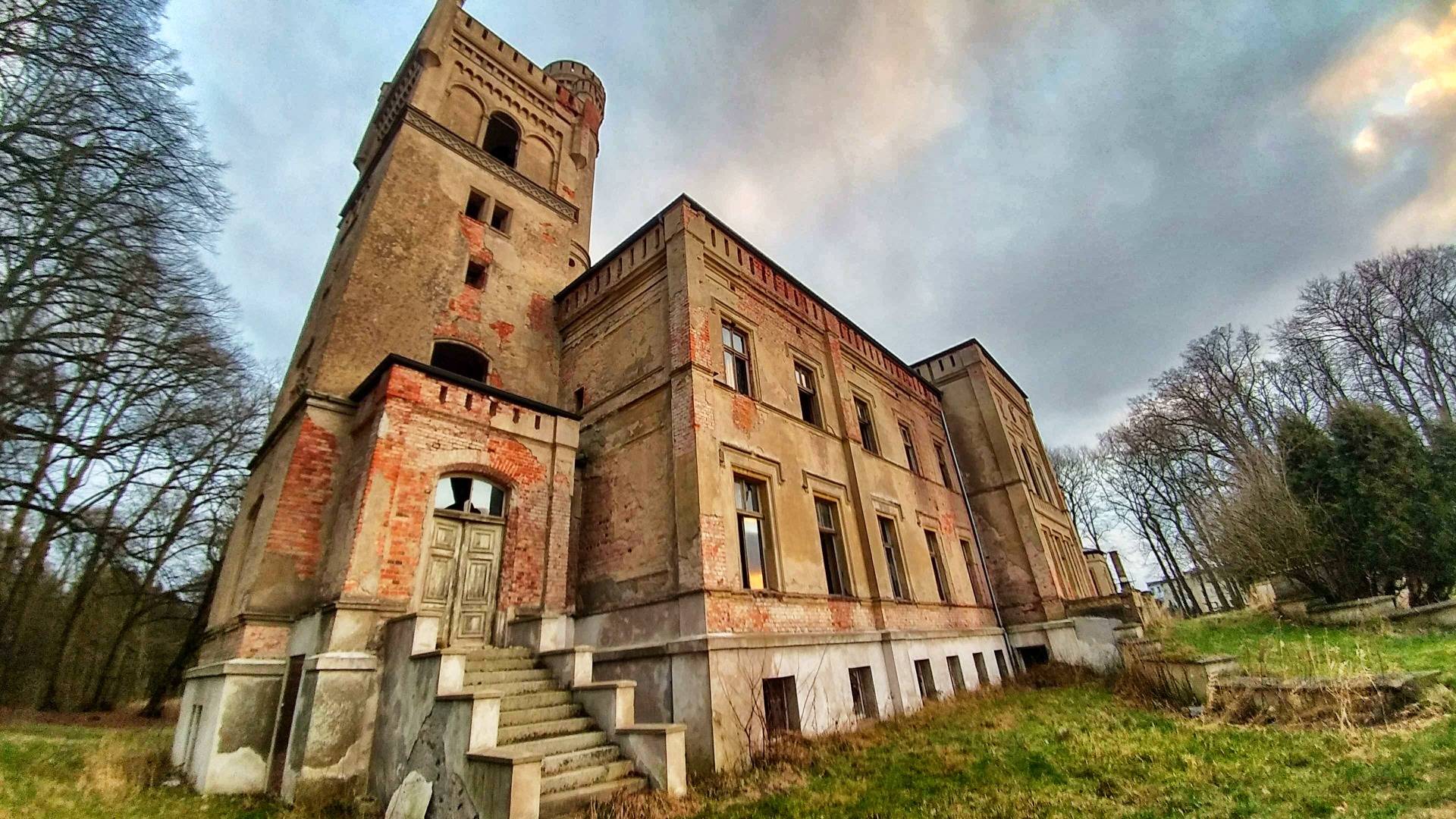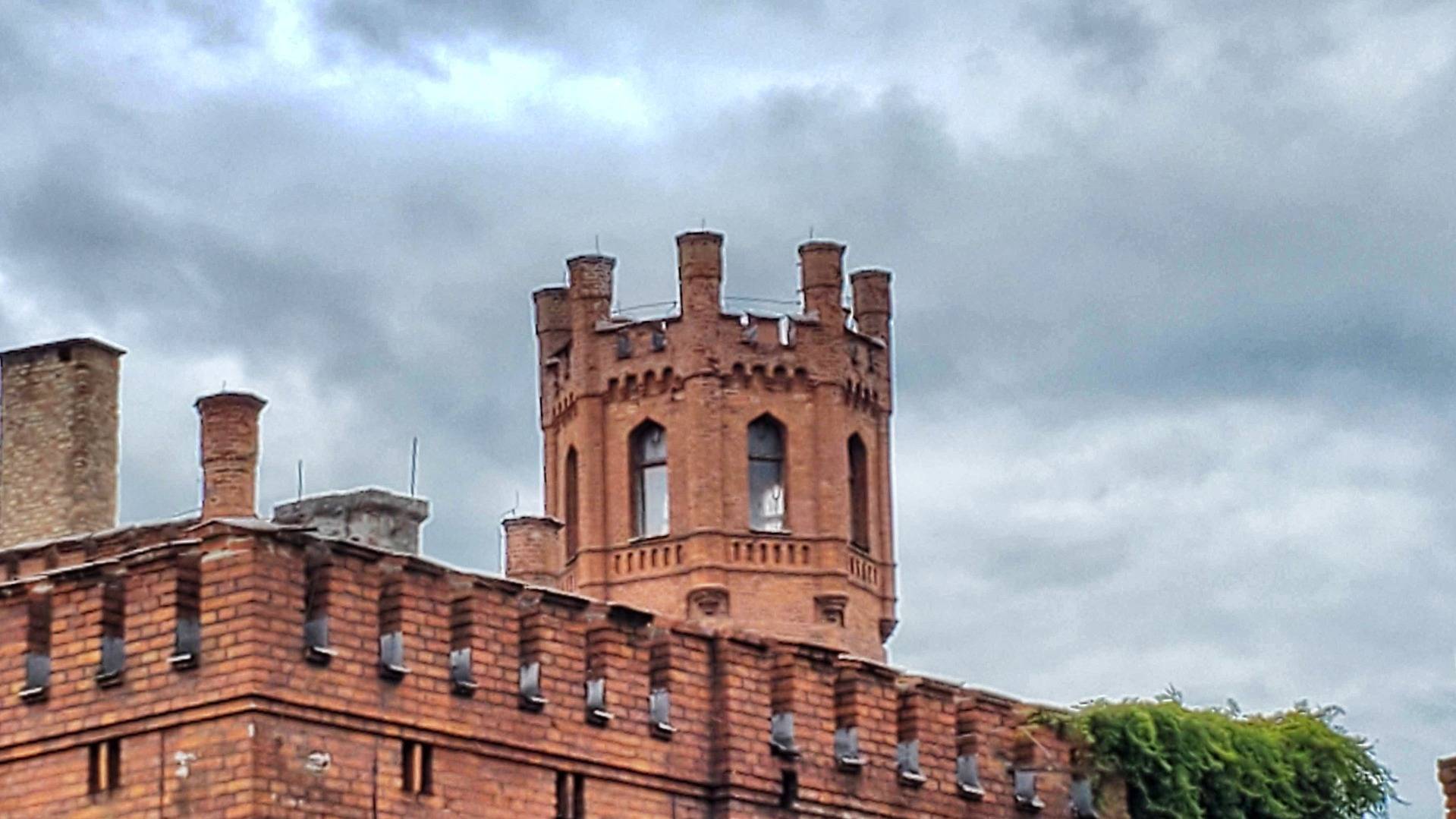We are in Poland, a country near and far away at the same time. This country has not always been in the same place throughout history. it was fought over, it changed its shape. and is today the real lander knight's castles and fortresses
You can read the first part here, second here, 3 here and 4 here and the 5 here, 6 here and more here and here

They are one of the best-kept secrets of this great, ancient country. visible everywhere but mostly ignored, ancient but mostly well preserved thanks to great efforts. Poland, the state that has been torn apart again and again in the course of history, that has been shifted back and forth on the map and has only found a firm form since the end of the second world war, owns thanks to its great history a countless number of great castles, churches, cathedrals and fortresses, magnificent reminders of a time long gone, as embodied quite outstandingly by Malbork near gdansk.

Out in the flat country, however, which stretches from the Oder River all the way east to the border of Belarus, a lot castles, manor houses and fortresses lie along the way, showing how embattled the region has always been, but also how much prosperity it has produced, which was used to build these architectural monuments.

Near Jendrychowo in Masuria, for example, is the palace of the nobleman Bernard von Paleske, built in 1865, but in the brick style of the Crusader Order. Near Drezewo there is a similarly designed house, called the Riddle Palace, which is empty today. Also everywhere else there are these conspicuous brick buildings, which remind of the extinct Crusader Order.

Teutonic Order Castles like in Game of Thrones
The Order also built the Rehden Castle in Kulmerland, a so-called Teutonic Order castle, which today belongs to the village of Radzyń Chełmiński. Originally the seat of a convent and a landmark of the Teutonic Order in Prussia after the Crusaders defeated the Pruzzi, the initially provosory building then towered over a largely depopulated area. Around 1300 the stone castle was built, the ruins of which can still be visited today.

They are stones with an eventful history, today surrounded by wide lawns and a soccer field. The original castle in Radzyń (Rheden) was built in 1234 on the initiative of Hermann of Balk during the crusade of that time. In 1251 Radzyń became a commandant's office, which certainly led to the decision to replace the wooden structure with a brick one. These works might have lasted from the end of the 13th or the beginning of the 14th century, although the latest researches place them in the period around 1320-1350.

After the battle of Tannenberg
The enclosing walls of the upper castle and fortifications of the outer castle were built a little later, in the second half of the 14th century. After the Battle of Tannenberg (1410), the Polish-Lithuanian army under Johann Sokol of Lamberg and Jan Žižka captured the knight's castle on the retreat, but already a year later it passed back into the possession of the Teutonic Order. Although deep in enemy territory, the knights managed to hold their castle until 1454, when it was again captured by the Poles. The towering structure was not destroyed until the Polish-Swedish War in 1628, after which it lay fallow until 1772, when the Prussians repaired it and used it as an administrative building.

A lot of triumph, a lot of losses. The neighbors had no respect for the historical heritage next door. From 1800, the structure was demolished for building materials, people from the region built houses from the knights' stones, they used the wood as beams and the bricks to cover their own houses. It was not until the second half of the 19th century that governments realized that irreplaceable values were being destroyed here. By official order the looting was stopped and the preservation as a monument was started.

A brick building
The remains of the brick building with the square ground plan of 52 × 52 meters could thus be saved, but the two outer castles, which had formerly adjoined the main castle to the south and to the east, have disappeared. Models showing what the entire castle looked like can be found today in the Deutschordensmuseum in Bad Mergentheim and in the Brandenburg-Prussia Museum in Germans Fehrbellin.

The castle was built on the isthmus between two lakes along the route from Grudziądz to Golub and Toruń. On its southern side there was a settlement and then a town, separated by a moat both from the castle and from the foreground in the south. On the north, the isthmus was also cut off by a transverse ditch. Its southeastern part was occupied by a complex of castle and outer bailey, from which to the west and north ran a road used by those who would not or could not enter the fortifications. The castle itself is situated on a low hill with gentle slopes.

A lot of imagination
Little of all this remains. The upper castle, considered a prime example of the monastic seat in the Order State, still towers into the Polish rain sky, but the deep moat that is said to have once existed has disappeared. The outer facades of the main castle have also lost their decoration of Zendrówka bricks, but inside there is a museum displaying models of medieval buildings, weapons, and horrible instruments of torture.

Outside you need a lot of imagination to picture the stables, the brewery, the granary, the bathhouse and the forge where the knights had their weapons made. All these buildings were probably made entirely of wood, so they have disappeared without a trace. Also parts of the eastern and southern bailey on the eastern side of the gate were densely built at that time. The servants of the knights of the order, the construction workers, maids and craftsmen lived there.

Today, the south wing with the chapel, the facade in almost its full height, two corner towers adjacent to it, a part of the east wing and remains of the walls of the other wings and cellars are still preserved, also almost all lower parts of the south and west walls. Both corner towers are accessible and offer a wide view over the area where so many armies shed so much blood for so many years.
Thank you for reading and if you like my work please follow me on Hive, Travelfeed or Steem or visit my homepage koenau.de
A few more pictures for you:

























